Medicare is the federal health insurance for people 65 and older and younger people who meet certain criteria. It can help enrollees pay for essential health care and major medical expenses. However, choosing a Medicare plan that best meets your needs can often be confusing. You must navigate multiple plan options and enrollment periods and understand Medicare’s various parts. Further, mistakes made during Medicare enrollment can significantly impact your finances and health care coverage. This blog is intended to provide an overview of common Medicare enrollment mistakes and advice on how to avoid them.
Our Medicare Enrollment Advice: Avoid These Common Blunders
Missing Enrollment Periods
You can only join, switch, or drop a plan during certain times. Failing to enroll, adjust, or add health insurance during the correct enrollment period could be a costly mistake. There are multiple enrollment windows you should be aware of, including the following:
- Initial enrollment period—If you’re new to Medicare, you can enroll in a health care plan when you turn 65. Generally, this seven-month period begins three months before your 65th birthday and ends three months after the month you turn 65.
- General enrollment period—The annual Medicare open enrollment period runs from Oct. 15 to Dec. 7 every year. During this time, individuals with Medicare can make coverage changes that will go into effect on Jan. 1 the following year.
- Medicare Advantage enrollment period—If you’re already enrolled in a Medicare Advantage plan, you can switch or drop your plan in the first three months after you get Medicare or during the enrollment period, which runs from Jan. 1 to March 31 each year.
- Special enrollment period—You may be able to adjust your health care plan outside of the initial and general enrollment periods without incurring a penalty if you experience certain life changes during the year. You may be eligible for this enrollment period if you lose your other health care or move to a new address.
Failing to Review Your Plan Options
Medicare offers various coverage options, including Original Medicare (Part A and Part B), Medicare Advantage (Part C), and Medicare prescription drug plans (Part D). The type of coverage you need will vary depending on your health care needs, location, the insurance your doctors accept, and your financial situation, among other factors. Not taking the time to understand which health care plan best suits your needs can result in inadequate coverage or unexpected expenses. For example, signing up for a health care plan that works for your spouse, neighbor, or friend without evaluating your unique situation and health care needs can have costly ramifications.
Not Understanding the Differences Between Medicare and Medicare Advantage
If you’re eligible for Medicare, you can choose between original Medicare and Medicare Advantage. Original Medicare offers comprehensive coverage for most medically necessary services and supplies. Medicare Advantage plans provide coverage for all the same services and supplies with extra benefits, such as vision, hearing, and dental services. Your choice of plan will also impact the cost of your health care and your doctor and hospital choice.
Not Understanding Medicare Penalties
If you don’t enroll in Medicare Part A and Part B during your initial enrollment period, you may have to wait to sign up. This could result in a gap in your coverage, leading to costly out-of-pocket medical expenses if you require health care during this period. Furthermore, you may have to pay a lifetime late enrollment penalty that increases the longer you wait to sign up. In some instances, your Medicare Part B premium may increase by 10% for every 12 months you were eligible for Medicare Part B but did not have Medicare Part B. Additionally, for every 12 months you delay signing up for a Medicare Part D plan, your monthly premium may increase by 1%. These penalties typically last for as long as you have Medicare. Therefore, it’s crucial that you understand these penalties when deciding to enroll in a health care plan.
Choosing the Wrong Coverage
Not understanding your coverage needs can result in costly and unexpected out-of-pocket expenses. Medicare Part A is usually free, but Medicare Parts B, C, and D all require a monthly premium. Although it may be tempting to select the cheapest health care option, inadequate coverage could cost you more in the long run. When selecting your health care plan, it’s also important to consider your future needs, such as potential surgeries and chronic conditions that could require more coverage than you currently require.
Overlooking Prescription Drug Coverage
Medicare prescription drug plans (Part D) help pay for prescription drugs you need. These plans are optional and are provided through private insurers approved by the federal government. If you don’t have other creditable prescription coverage and you don’t sign up for Medicare prescription drug coverage when you first enroll, you may have to pay a late penalty if you enroll in Medicare Part D coverage later. As such, you may want to consider getting prescription drug coverage even if you aren’t on any prescription drugs at the time of your Medicare enrollment.
Prescription drug coverage and costs may vary every year. Therefore, it’s crucial that you review and compare plans annually so that you can make the best decision for yourself during open enrollment. If you’re not sure where to begin, you can enter your prescription drugs into Medicare.gov and see what plans it suggests.
Ignoring Medigap Policy Options
Medigaps—also known as Medicare Supplement Insurance—are supplemental health insurance policies that can help pay some of the out-of-pocket medical expenses that Medicare doesn’t cover. For example, it may help pay for your Medicare Part A hospital deductible or your Medicare Part B coinsurance. You may be able to choose from as many as 10 different Medigap policies, depending on your location. The best time to buy a Medigap policy is during your Medigap open enrollment period, which is a six-month window that begins when you turn 65 years old and have enrolled in Medicare Part B. During this period, you cannot be denied coverage if you have an existing health condition, and Medigap insurers are required to sell you a plan at the best available rate. If you try to buy Medigap outside of this window, insurance companies may deny you coverage for existing health problems.
Assuming You Can’t Afford Medicare
If you have a limited budget, you may believe you can’t afford Medicare. Fortunately, there are several programs that may be able to assist you with your health care costs. Before open enrollment passes, you should review your financial assistance options, including the following:
- Medicare Savings Programs (MSPs) help pay your monthly Part B premium. They may also help with Medicare cost sharing. Contact your state health insurance program (SHIP) at shiphelp.org to learn if you’re eligible for an MSP.
- Extra Help can help pay for the costs of Medicare Part D prescription drug coverage. Contact the Social Security Administration (SSA) at 800-772-1213 or visit the SSA website to learn if you are eligible for Extra Help.
- State Pharmaceutical Assistance Programs (SPAPs) exist in some states to help eligible individuals pay for prescriptions. Contact your SHIP at shiphelp.org to learn if there is an SPAP in your state.
Interested in More Medicare Advice?
Choosing your health care plan is one of the most important decisions you’ll make all year. Making mistakes when enrolling in Medicare can result in costly and avoidable health care expenses, potentially leading to significant financial hardship.
For more Medicare enrollment advice, visit the Medicare website or contact our dedicated Acentria Team today.
























